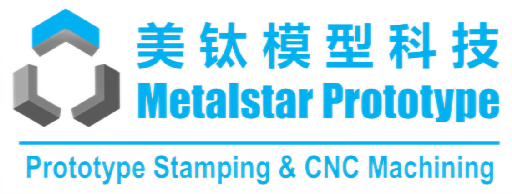Description
| Materials: | High Quality Aluminized Metal T=0.8mm | Manufacturing Type: | Prototype Laser Cutting, Prototype Bending |
|---|---|---|---|
| Machines Requirement: | NC Bending Machine, Flat Laser Cutter | Finishing: | Painting, Coating Or Othe Customized |
| Application: | Rapid Prototype Sheet Metal Fabrication | Production Capacity: | 5 - 7 Working Days For 1- 200 Pieces |
| Highlight: |
Quick turn sheet metal prototype,aluminized sheet metal prototype,0.8mm sheet metal prototype |
||
Some examples of appliances that often utilize quick-turn sheet metal prototype bending parts made from aluminized low carbon steel:
Refrigerators and Freezers:
Prototype fabrication of sheet metal interior liners, shelves, and dividers
Development of custom aluminized steel exterior panels, trim pieces, and hardware
Ovens and Ranges:
Prototyping of aluminized steel oven cavities, racks, and other internal components
Fabrication of custom sheet metal exterior panels, control housings, and trim for ranges and cooktops
Dishwashers:
Prototype development of aluminized steel interior tub liners, racks, and sprayer arms
Fabrication of custom sheet metal exterior panels, door frames, and mounting brackets
Washing Machines and Dryers:
Prototyping of aluminized steel drum liners, baffles, and structural components
Development of custom sheet metal exterior panels, control housings, and mounting systems
HVAC Equipment:
Fabrication of aluminized steel housings, ductwork, and components for air conditioners, furnaces, and heat pumps
Prototype development of sheet metal structural frames, mounts, and enclosures for HVAC systems
Small Appliances:
Prototyping of aluminized steel bodies, lids, and internal components for coffee makers, blenders, and other countertop appliances
Fabrication of custom sheet metal housings, bases, and accessories for kitchen and household appliances
The use of aluminized low carbon steel for these quick-turn sheet metal prototype parts provides a balance of strength, corrosion resistance, and formability – essential characteristics for many appliance applications. This material and manufacturing process allows appliance designers and engineers to rapidly iterate on new product designs and test innovative concepts before committing to full-scale production.




